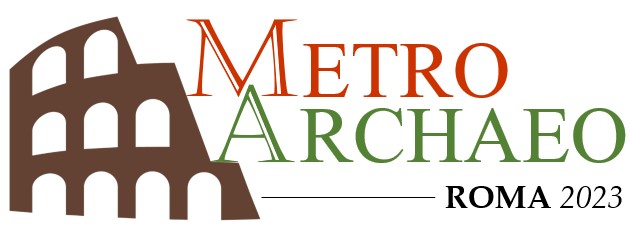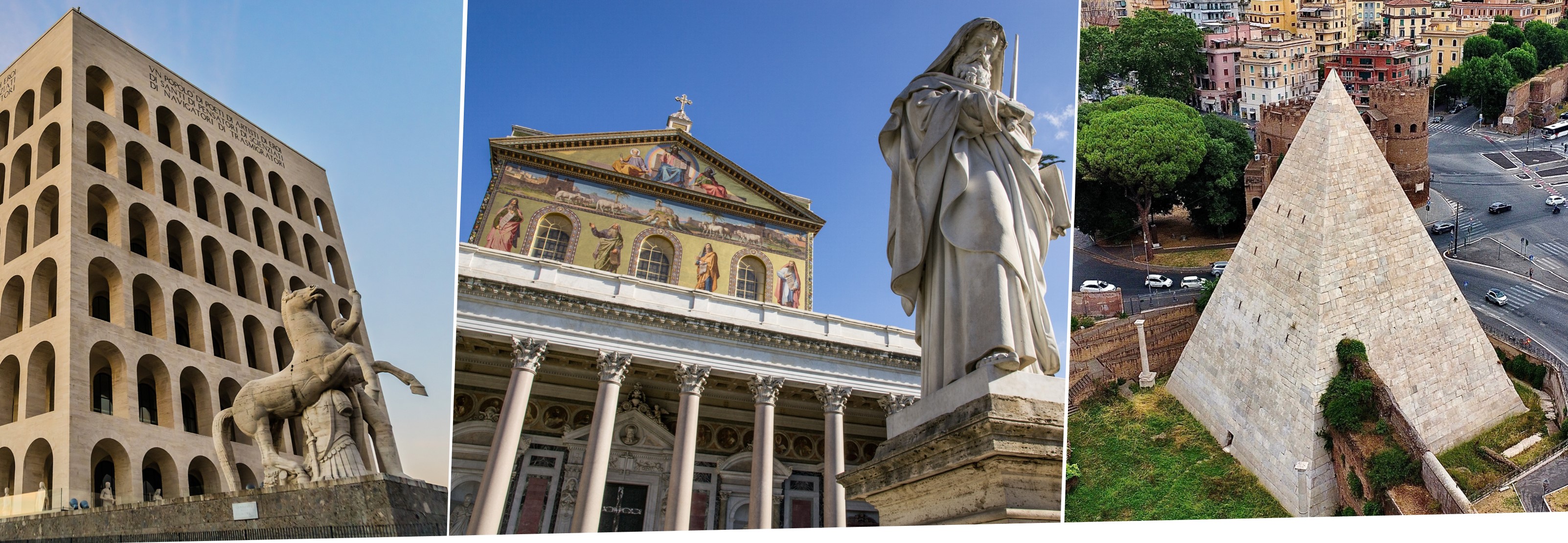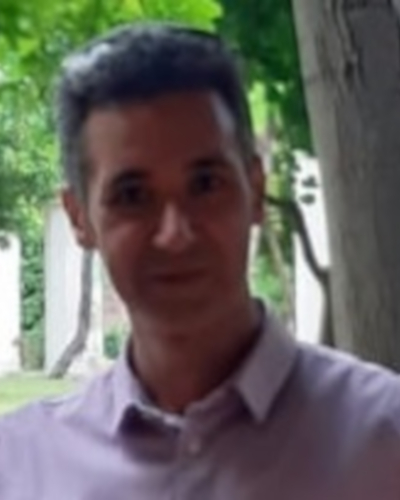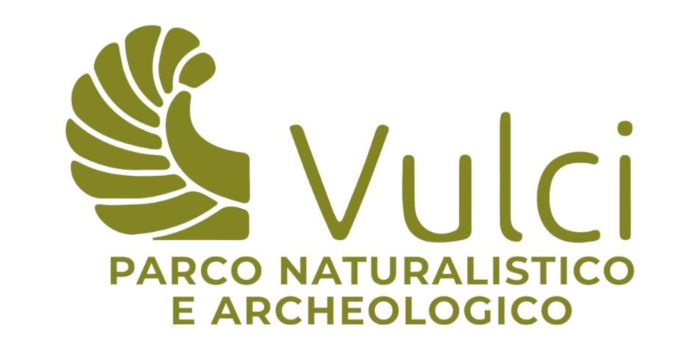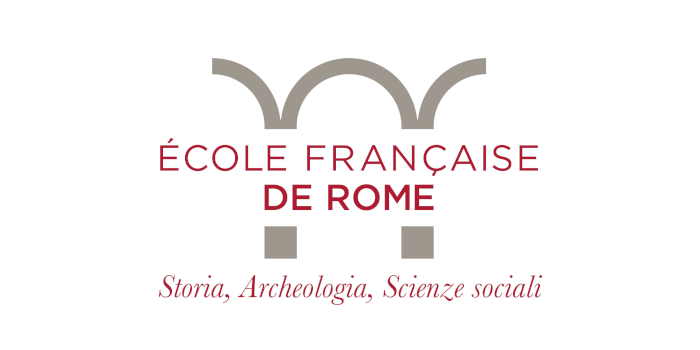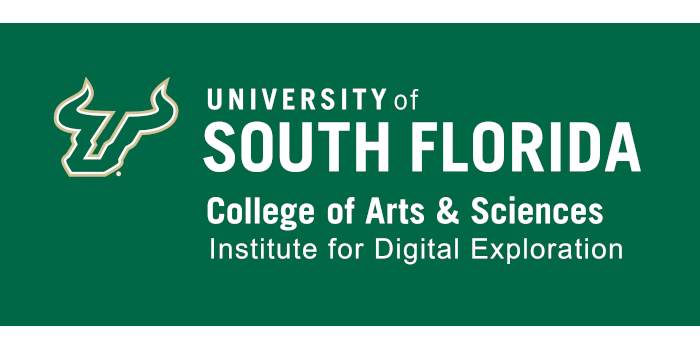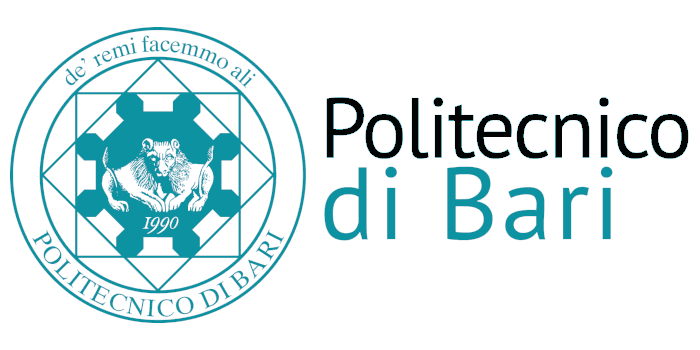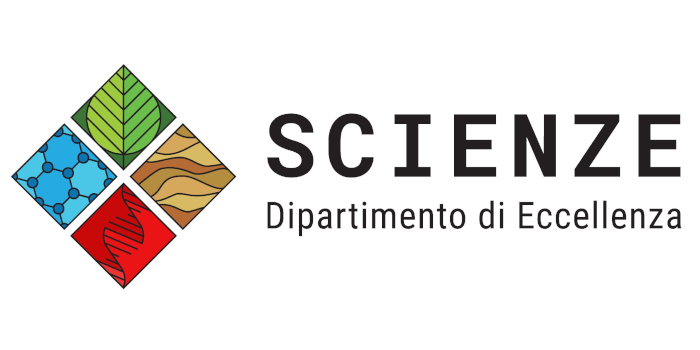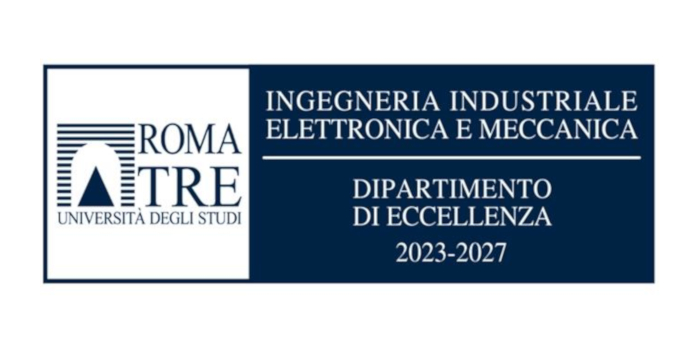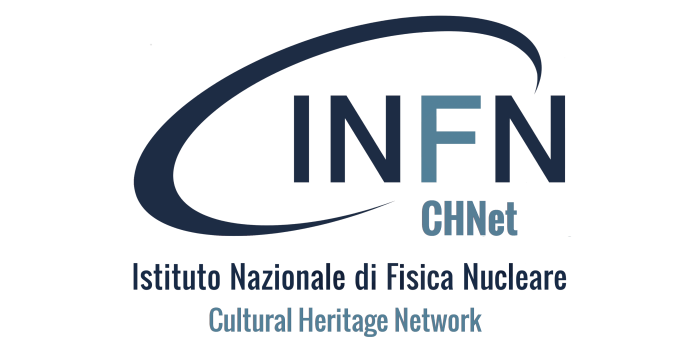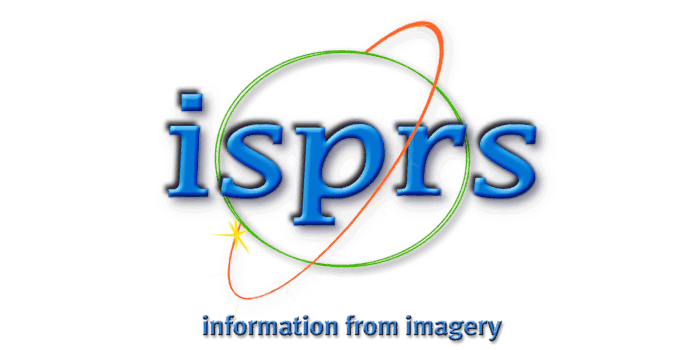SPECIAL SESSION #22
Artificial Intelligence for Cultural Heritage: Tools and applications
ORGANIZED BY
Andrea D’Andrea
Università di Napoli L’Orientale , Italy
Zied Mnasri
Università di Napoli L’Orientale , Italy
ABSTRACT
The usage of artificial intelligence (AI) in the field of cultural heritage (CH) research has increased, making CH one of the most prominent application domains for AI. In fact, the development of creative tools for analyzing, maintaining, and accessing cultural material has been made possible by new uses of AI:
- Data mining based on AI tools allows for analyzing large collections of digital CH items, of different types and locations. The complexity of such a task comes the huge computational time required to explore and analyze large databases and repositories. Then, AI tools represent a valuable solution to reduce such a complexity.
- AI, throughout semantic research, has revolutionized digital archive and repository systems for Cultural Heritage collections, since it allows setting an ontology which enables semantic knowledge representation and searching. Besides, semantic research has become the most prevalent tool for information retrieval, using keywords.
- AI may be very useful to track the user experience while accessing cultural heritage sites and events. At this end, techniques for sentiment analysis allow drawing the general mood of the audience of a given cultural heritage real or virtual location, through the use of Natural Language Processing (NLP) tools to analyze the users comments.
- Progress in AI-based visual pattern recognition makes it possible restoring images and texts, either from old or degraded-quality documents. This may be particularly useful for CT items, e.g. images of mosaics or frescoes, and manuscripts, either to enhance their quality or to fill in some missing parts.
- AI has become prevalent in the domain of speech and language processing. This may be very useful to analyze the characteristics of ancient languages and to draw their evolution over time. At this level, AI may be very useful to analyze large corpora of old texts, and to extract their prosodic and phonological cues.
MAIN TOPICS
In summary, AI is fundamentally altering how Cultural Heritage is being preserved and promoted. In order to discuss and examine the most recent research findings in the application of AI to Cultural Heritage, this special session aims at collecting contributions including (but are not limited to) :
- Data mining for analyzing large collections of CH items;
- AI tools for building and searching semantic CH repositories;
- Semantic repositories and information retrieval systems for archaeological data;
- NLP tools applied to the visitor’s experience and mood analysis;
- Visual pattern recognition for automatic categorization, restoration and valorization of historical texts and images;
- Speech and language processing for linguistic research related to CH, such as the analysis of prosodic and phonological characteristics of ancient languages and their evolution over time.
ABOUT THE ORGANIZERS
Andrea D’Andrea is Senior Research Fellow at University of Naples “L’Orientale”. He took part in the archaeological explorations of many Italian sites taking care of the digital surveys and the coordination of the computerization of the archaeological documentation and the implementation of the relative GIS. Since 2006 He has been a member of the research groups of the archaeological missions in Egypt, Ethiopia, Italy, Oman, Saudi Arabia, and Yemen, dealing with topographical surveys and detailed surveys with laser scanning and photogrammetry technique. Andrea D’Andrea coordinated some archaeological research on the application of digital technologies to cultural heritage. Currently is leader of WP “ReTINA” in project ITSERR funded by the National Recovery and Resilience Plan and designed to strengthen RESILIENCE, the European research infrastructure for religious sciences. In 2015 – 2016 he was one of the six Scientific Directors of the Plan of Knowledge of “The Great Pompeii Project”. He is the author of a monograph on the archaeological documentation and the related IT treatment and of over 130 papers.
Zied Mnasri obtained his Master and PhD degrees in computer engineering, in 2004 and 2011, respectively. From 2011 to 2018, he has worked as assistant professor at the university of Tunis Elmanar, Tunisia, where he conducted a joint Tunisian-French project for “Arabic Text-To-Speech synthesis using deep learning”. From 2018 to 2021 he has been a research fellow at the university of Genoa, Italy, where he conducted research projects about “Speech Emotion Recognition” and “Anomalous Sound Event Detection”. Since 2022, he joined the University of Napoli “L’Orientale” as researcher. His scientific interests are mainly focused on artificial intelligence and machine learning applied to audio, speech and language modeling and processing.
